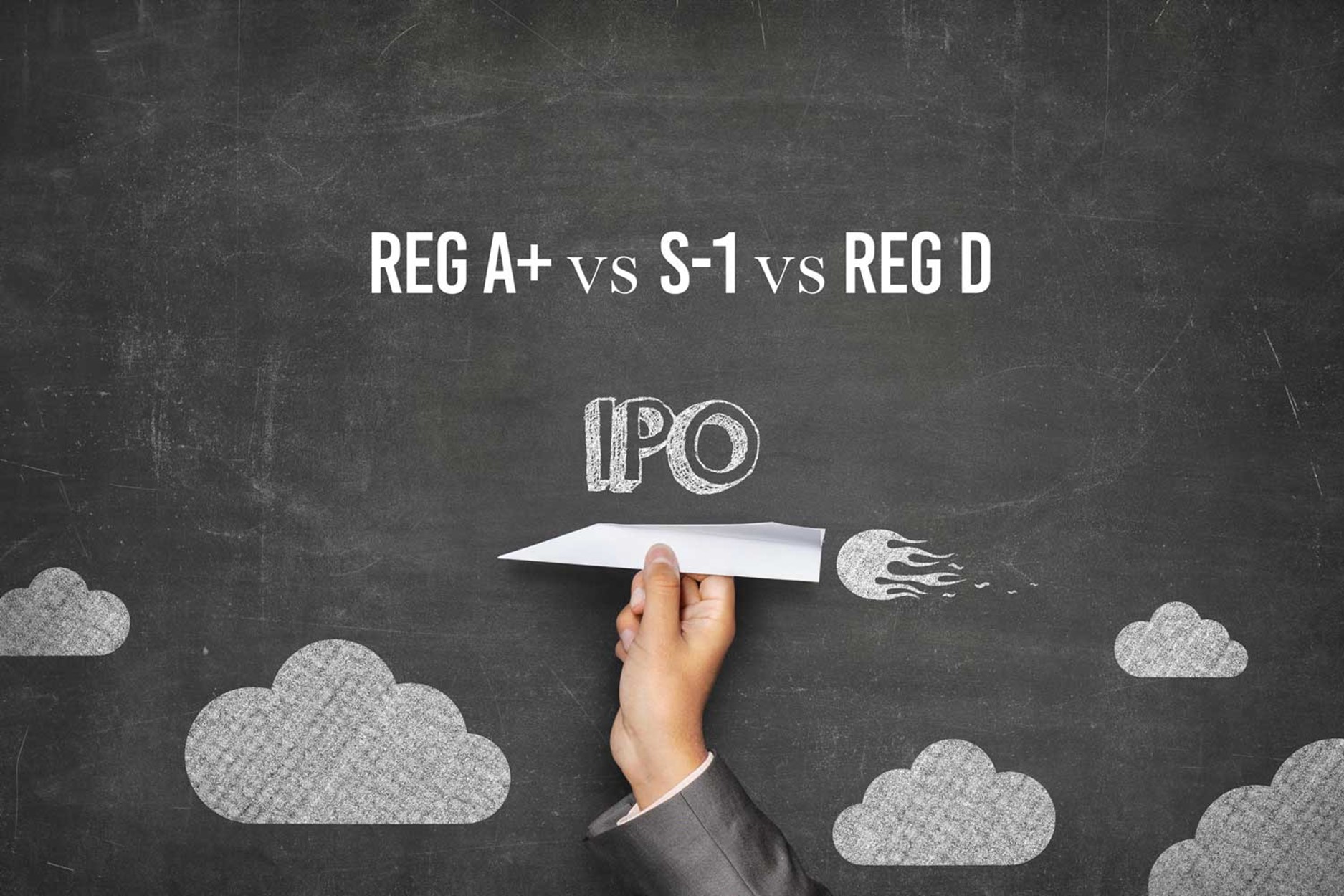
Old Regulation A
Regulation A is a previously existing exemption from the registration requirements of the Securities Act of 1933 (Securities Act) for nonpublic companies seeking to raise smaller amounts of capital.
Even before the new rules went into effect, Regulation A already had several useful features. Regulation A gave smaller companies access to public markets without registration. There were no limitations on who could purchase the securities, and the securities sold were freely tradable by nonaffiliates. General solicitations were allowed. Issuers could also “test the waters” and gauge investor interest before launching the offering (subject to certain state law requirements). Yet despite these features, Regulation A had been used relatively infrequently for several years. According to a recent GAO Report, there was just one qualified offering made in 2011, down from only 57 in 1998.
There are many reasons for Regulation A’s lack of popularity. First and foremost, the amount of money that could be raised in a Regulation A offering was capped at $5 million. Second, the qualification process was extremely cumbersome and costly. In addition to a lengthy federal review process, the offerings were also subject to state law securities registration and review requirements, otherwise known as the “blue sky” laws. The cost and time involved with working through both the federal qualification process and the various blue sky laws was significant. Simply put, Regulation A offerings were not cost-effective.
Regulation A+
Regulation A+ contains many changes designed to address these problems. The goal of the new rules is to transform Regulation A into a workable capital-raising tool for small private companies.
As mandated by the Jumpstart Our Business Startups Act (JOBS Act), the U.S. Securities and Exchange Commission (SEC) increased the amount that can be raised by an issuer under the exemption from $5 million to $50 million and created two offering categories:
- Tier 1 for offerings up to $20 million
- Tier 2 for offerings up to $50 million
Investor protections have been included for Tier 2 offerings, such as requiring audited financial statements in offering materials, ongoing reporting requirements, and an investment cap for nonaccredited investors.
Regulation A+ also dramatically transforms the regulatory review framework for these offerings. Tier 2 offerings preempt state securities regulatory review, a change strongly supported by business interests and vehemently opposed by state securities regulators. As is described below under “State Securities Regulation – Preemption of State Regulation for Tier 2,” the controversy surrounding state law preemption continues.